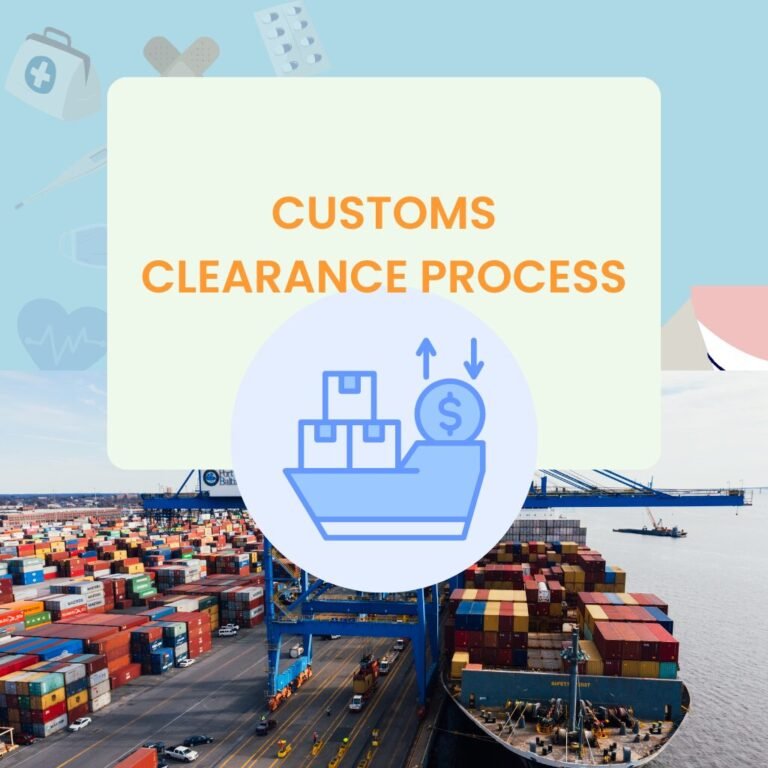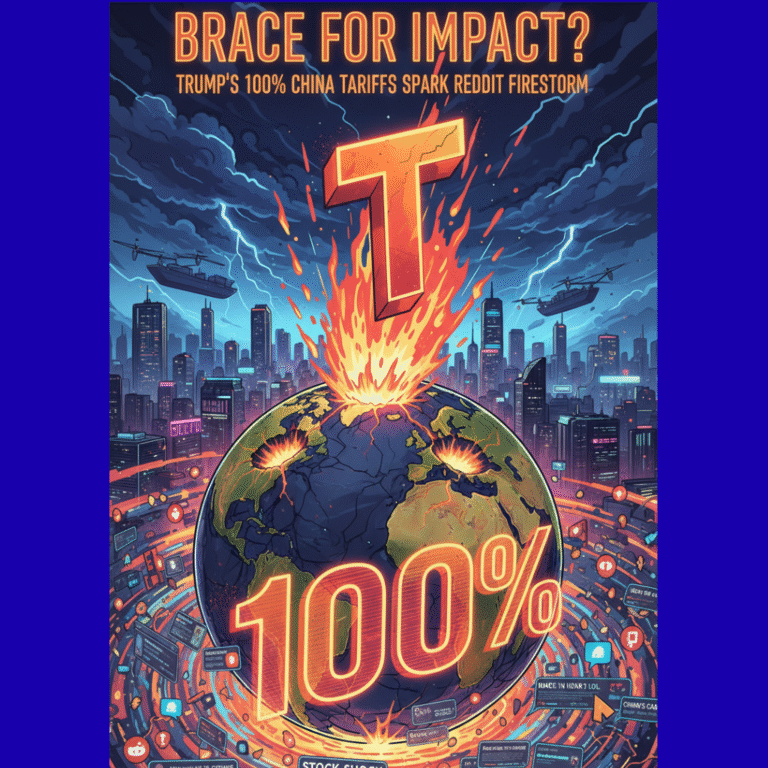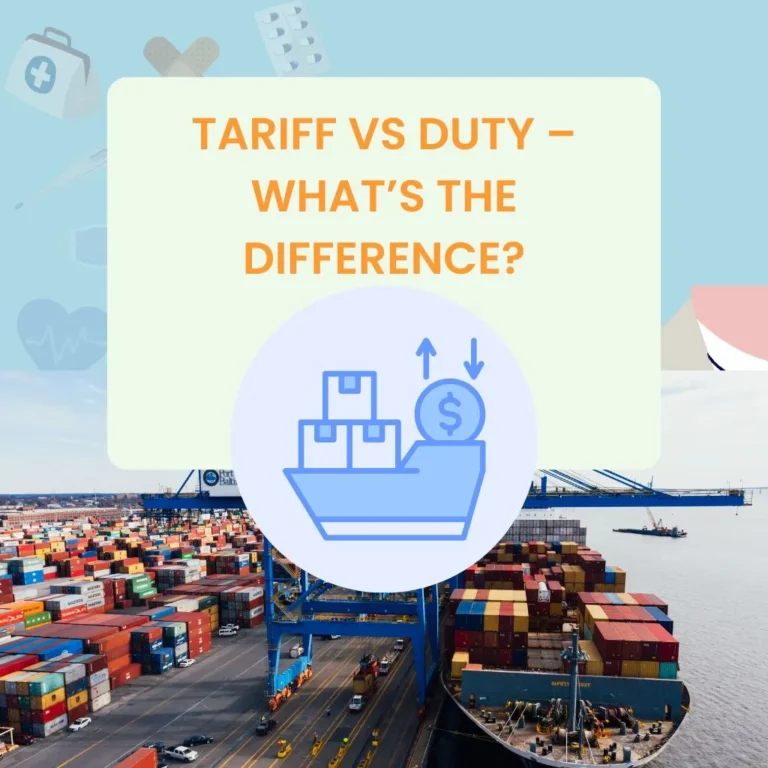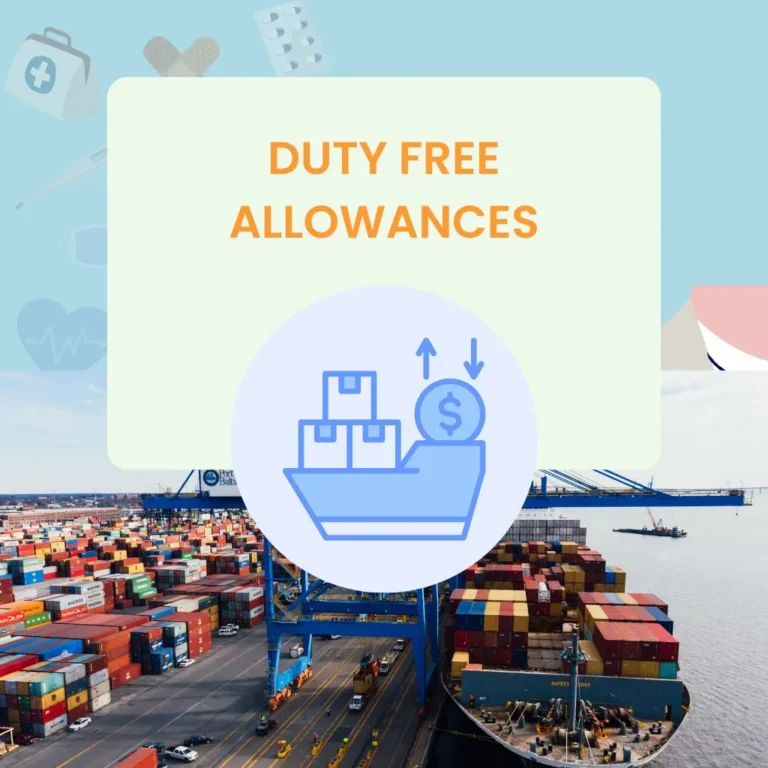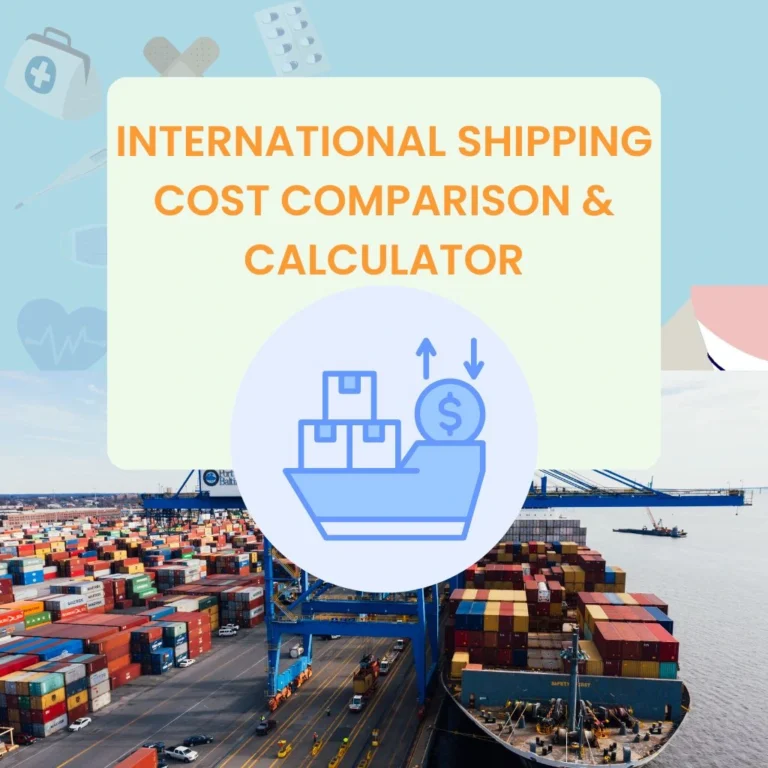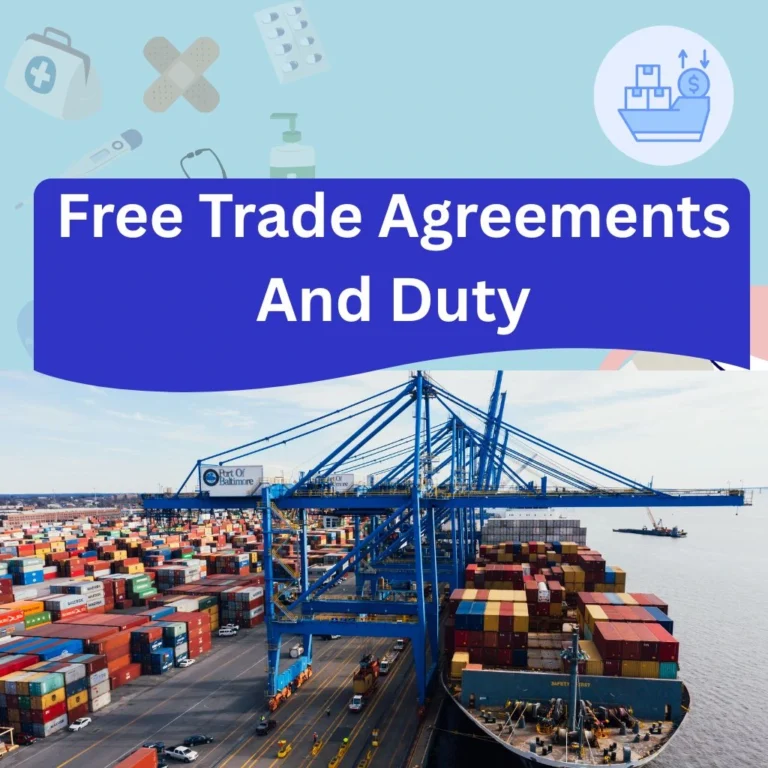Canada Import Duty Rates Explained: What You Need to Know in 2025
Importing goods into Canada can be confusing. Whether you’re shopping online, sending gifts, or running a business, understanding how Canada’s import duty rates work is essential. This guide breaks it all down with clear examples and actionable tips so you can avoid costly surprises.
TOC
What Is Import Duty in Canada?
Import duty is a type of tax imposed by the Canadian government on goods brought into the country. These charges are collected by the Canada Border Services Agency (CBSA) and depend on several factors, including the item’s classification, country of origin, and value. Import duties are different from GST/HST and customs processing fees—but they all add up at the border.
Import duties serve both as a source of federal revenue and a tool to protect domestic industries by making foreign goods more expensive. While many everyday items are subject to tariffs, Canada has reduced or eliminated duties on goods from countries with free trade agreements such as the United States and Mexico under CUSMA.
However, items imported from countries without such agreements—like China or India—often face full tariff rates. Understanding these differences is crucial for budgeting your online purchases and avoiding unexpected costs at the border.
How Import Duties Are Calculated?
The CBSA uses the transaction value method to calculate duty. This is based on the price paid for the goods, converted into Canadian dollars. Then the HS code—an international product classification—is applied to determine the applicable tariff rate.
Factors that affect duty rates:
- Product category (e.g., textiles often carry higher rates)
- Country of origin (free trade agreements like CUSMA reduce or eliminate duties)
- Declared value on customs forms
Example Table of Duty Rates:
| Product Type | Country of Origin | Duty Rate | Tax (GST/HST) |
|---|---|---|---|
| Shoes | Vietnam | 18% | 5% GST |
| T-shirts | USA (CUSMA) | 0% | 13% HST (ON) |
| Phone Accessories | China | 8% | 5% GST |
Duty-Free Thresholds and Exemptions
Depending on how goods enter Canada, different thresholds apply:
- Gifts under CAD $60 are generally exempt from duties and taxes.
- Online orders under CAD $20 are typically duty-free (except alcohol/tobacco).
- Orders from the U.S. under $150 CAD (thanks to CUSMA) may qualify for duty exemptions, though GST/HST still applies.
Be cautious: if CBSA finds undeclared or undervalued goods, you may face penalties.
Common Scenarios: What Will I Pay?
Scenario 1: You order a $100 jacket from a U.S. retailer.
- No duty (due to CUSMA)
- HST of $13 (in Ontario)
- Total import cost = $113
Scenario 2: You receive a birthday gift worth $75 from Europe.
- Duty may apply (above $60 gift exemption)
- Tax calculated on declared value
Scenario 3: You buy $40 of skincare from China.
- Likely subject to 7–9% duty + 5% GST
What Is CBSA and How Do They Check Parcels?
The Canada Border Services Agency inspects imported goods at random or if flagged by automated systems. Packages entering by mail may receive a Duties and Taxes Owing form (Form E14), requiring payment before delivery.
Tips to avoid issues:
- Declare full and accurate value
- Keep purchase receipts
- Use established shipping carriers with customs experience
Tips to Avoid Unexpected Charges
- Use a duty calculator before you shop
- Choose Canadian retailers or U.S. companies that include duties at checkout
- Learn about tariff classifications and HS codes
- Avoid splitting shipments to dodge duties—it’s risky and may be flagged
Trust Signal: CBSA and CRA are increasing parcel audits to prevent revenue loss.
How GST/HST Interacts With Import Duty
Tax is applied after duty is calculated, meaning you pay tax on the full landed cost. Rates depend on your province:
| Province | GST/HST Rate |
| Alberta | 5% GST |
| Ontario | 13% HST |
| Quebec | 14.975% |
| BC | 12% |
For example: An $80 item with 10% duty becomes $88, then taxed at 13% = $99.44 total.
Import Duty Rates by Product Type
Clothing & Apparel
Canada imposes relatively high duty rates on clothing and apparel, with tariffs often ranging between 17% and 18%. Items like jackets, jeans, and footwear from non-CUSMA countries (like China or Vietnam) typically attract full tariffs. However, clothing imported from the United States or Mexico under CUSMA usually qualifies for 0% duty, provided origin rules are met.
Electronics
The good news is that most personal electronics—including smartphones, laptops, tablets, and cameras—are duty-free under Canadian law. That said, GST or HST still applies to the value of the goods. Accessories like chargers or headphones might carry 8–10% duty, depending on classification.
Health & Beauty Products
Products in this category—including skincare items, cosmetics, supplements, and personal hygiene goods—often carry 5–10% duty, especially if imported from Asia or Europe. Natural health products may have different classifications depending on their ingredients, and the HS code can significantly impact rates.
Toys & Baby Gear
Many children’s products such as toys, strollers, cribs, and car seats attract lower duties, generally ranging from 0% to 8%. Some educational toys are fully duty-free, while plastic toys or battery-operated gadgets may have slightly higher rates. Be sure to check the specific HS code for each item.
FAQs
Do Canadians pay duty on gifts?
Yes, only gifts under $60 CAD are duty-free. Anything above may incur duties and tax.
How much duty on online shopping?
Depends on item type, value, and origin. Orders under $20 CAD may be exempt.
What is CBSA?
The Canada Border Services Agency manages customs, immigration, and security at Canadian borders.
What is GST vs Duty?
GST is a federal sales tax. Duty is a tariff charged on imported goods. They are separate charges.
How can I calculate duty before buying?
Use tools like the CBSA Duty Calculator or consult the Canadian Tariff Finder for HS code-based estimates.
Are there duties on returns or exchanges?
Returned goods may be eligible for a refund of duty/tax via Form B2G, but proof is required.
Conclusion
Understanding Canada’s import duty system can save you money and frustration. From CBSA rules to GST/HST layers, knowledge is power when ordering online or receiving gifts. Always use a duty calculator, keep your invoices, and shop smart.



